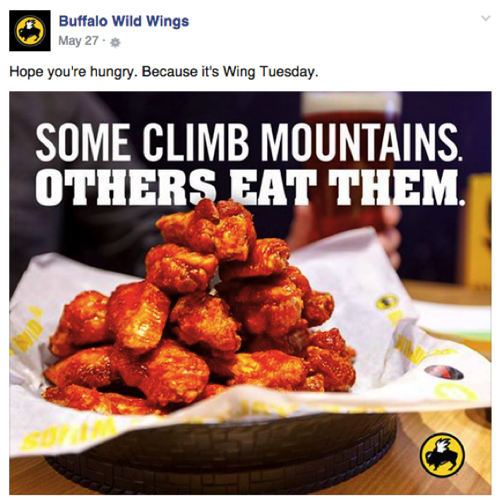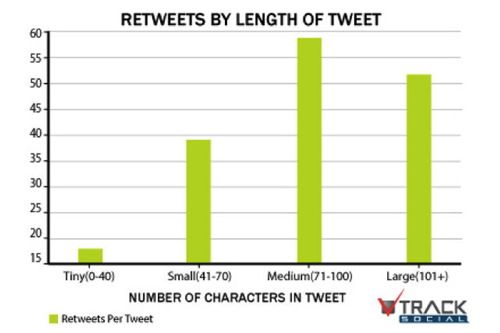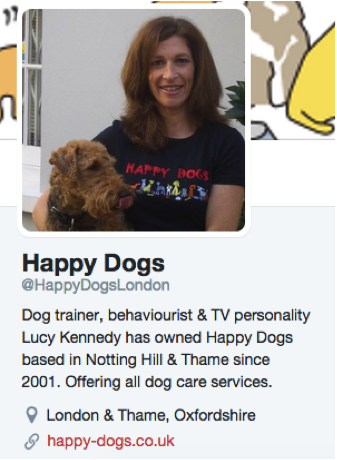How to write the best copy for each social media platform
No one clicks on your links. No one comments on your posts or shares them. Why? There are a number of possible reasons, but the most likely is that your copy isn’t engaging enough to make your audience want to take action.
Then again, using the same text, voice, tone, and length doesn’t fly across every social media platform. The way you write for Twitter isn’t going to be the same as the way you write for an Instagram post. So how do you hit the mark and engage your customers with the best copy?
Read on to find out how to write great copy for the most popular social networks and how to use the right words to help increase the impact of your posts.
Tone of voice
If you don’t have a brand voice, you’ll never get from mediocre to amazing. You’ll just get ignored.
When it comes to social media, it’s not so much about what you say but about how you say it so your posts don’t go unnoticed. The tone of voice in your posts needs to match:
- a) Your tone of voice as a business
- b) The tone of voice expecting on each social network.
When your brand’s tone of voice on social media has a familiar and personal touch, people are more likely to trust you. The aim of a successful tone of voice isn’t to make your catchy language stand out but instead to make your business stand out with quality, authentic conversations.
Let’s take look at few examples.
Taco Bell has a witty, fun and irreverent tone of voice on Twitter.
Hey @FresnoGrizzlies. Change your name to the #FresnoTacos permanently and we’ll buy tacos for all of Fresno. Deal?
— Taco Bell (@tacobell) August 7, 2015
On the other hand, Sephora has a more informational and educational tone on Twitter:
Learn how to create a bold yet wearable eyebrow look in five simple steps: http://t.co/DOzD7MmYRL — Sephora (@Sephora) July 23, 2015
Healthy, inspirational and helpful describe Adidas’ Twitter voice:
Every bridge pushes our limits to new heights. #boostyourrun pic.twitter.com/IoC90dcrWo
— adidas Running (@adidasrunning) August 5, 2015
Buffalo Wild Wings has a Facebook page full of fun videos and photos that focus on two things: chicken and sports.
Intel aims for smart, educational and inspirational in its Instagram updates:
#Computers don’t always have to be intimidating in a game of #chess. A photo posted by @intel on
People ultimately buy from people, more specifically, people we like and relate to. So no matter your tone of voice, whether it’s educational, helpful, fun, inspirational or playful, make sure to use it on your different social networks as it’s the key to building a real relationship with your audience.
Post length
How long should a tweet or a Facebook post be to make your audience click, share, respond or all the above? The optimal length of a post depends on the social network you’re sharing it on.
For example, while a tweet needs to have a maximum of 140 characters, research shows that tweets shorter than 100 characters have a 17% higher engagement rate. In fact, according to an analysis performed by Track Social, the perfect tweet length is between 71 and 100 characters. They call these “medium” length tweets because they have enough characters for you to say something of value and for the person retweeting it to add a comment as well.
On Facebook your posts can be much longer as there are no length restrictions. However, stats show that posts with 40 characters receive 86% more engagement than posts with a higher character count. Many other studies over the years have confirmed that shorter posts are better on Facebook.
When posting on Google+ it’s recommended for your headline to be shorter than 60 characters. So make sure your Google+ headline can be contained in one line.
When it comes to LinkedIn, the optimal length of a post to get more shares is 25 words or less. Here’s an example from the social channel itself:
Our top advice is to make sure you take length into consideration for each different social network you’re using if you want to increase engagement.
Hashtags
Hashtags are an effective way to tag your content and to increase the chances of your audience finding in on social media among all the posts competing for their attention. In addition, when you add hashtags or keywords you’re also making it easier for people to skim through your feed and quickly see what a post is about.
If you’re just getting started using hashtags, following are a few best practices to keep in mind:
Dos
- Make it relevant to your business and the content
- Use between one and three on Twitter and Facebook, and up to seven on Instagram
- Make it easy to remember and easy to spell
Don’ts
- #Use #too #many #hashtags
- Use #OutrageouslyLongStringsOfWords
Here are a few examples of how brands use hashtags on different social networks:
This simple casual #hairstyle is a #classic. It can be achieved with a little hair gel or wax & a quick brush through pic.twitter.com/22pJW2LyT0
— Barbiere (@barbieredublin) August 4, 2015
If you want to learn more about hashtags and how to use them effectively across popular social networks, read our beginner’s guide to hashtags.
Call to action
Want your social media audience to take action? Don’t leave it to chance. Whether you want them to click a link to a blog post or to a product page, to comment, share or retweet your post, don’t be shy in telling your audience exactly what you want them to do. You never want to assume that your audience knows what action you want them to take.
Whatever the call to action, you need to write it in a way that they can’t help but take the step you want them to take.
Kohl’s is a good example of a brand crystal clear on each call to action they share.
Wagging Tails is another great example of a brand that uses tweets to encourage fans to take action:
Want to make a special treat for the dog in your life? Check out this easy summer recipes! http://t.co/xQJ8C5s3hz pic.twitter.com/QAmzxn4CoD — Wagging Tails (@WaggingTailsPR) August 6, 2015
Profile information
When it comes to social media content marketing, you shouldn’t just focus on the posts you share. A critical section that is often ignored is the brand profile. Many businesses spend so much time researching and creating content to share on social media that they miss to fill out their profiles.
Don’t make this mistake because it’s where people go to learn about your company, especially if they’ve just discovered your brand on social media. So make sure you take the time to fill out your profile with the most important information.
On Twitter it shouldn’t take too long for you to add a short yet enticing paragraph of about 140 characters that describes what you do best and where your business is located.
On Facebook you get 155 characters to describe your business in the About section. Use them wisely. Similar to Twitter, try to come up with a succinct sentence that sums up what your business does but leaves the user intrigued enough to want to find out more. Also, make sure you add your hyperlinked website address there too so visitors can quickly go to your website.
Here is a good example from Dogstar Photo’s Facebook page:
Wrapping up
Writing great copy that engages your audience on social media isn’t easy. But if you take the time to research the different social networks and to learn what type of copy works best on each, you’ll soon become a brand that your fans and followers will want to follow and receive updates from.
Have any other tips on how to write great copy for the most popular social networks? We’d love to know what has worked for your brand.






